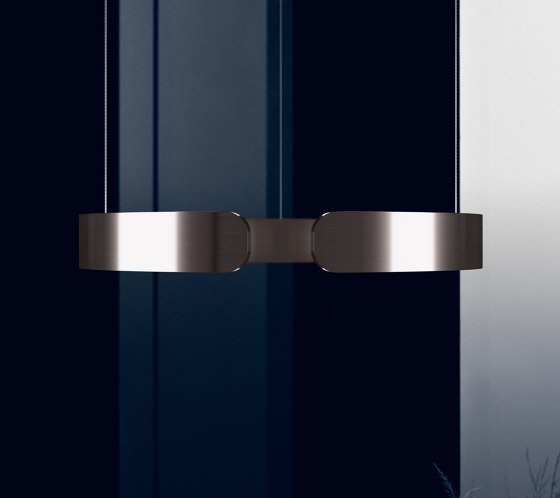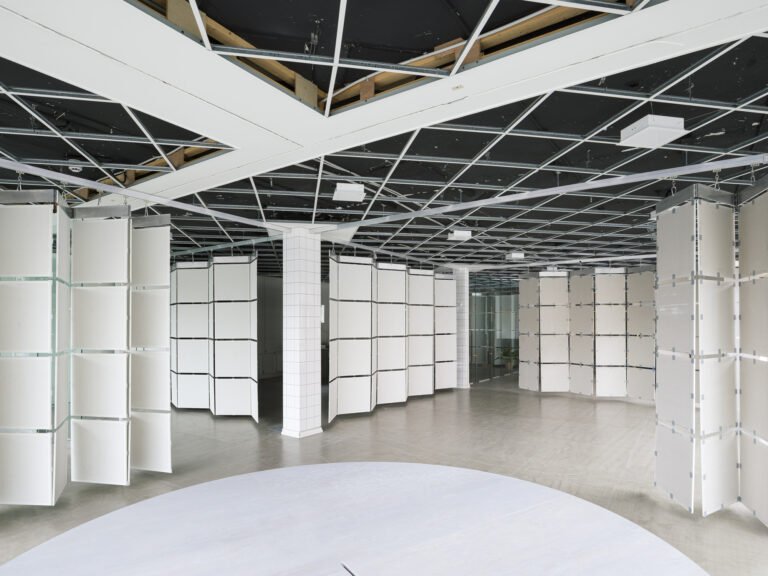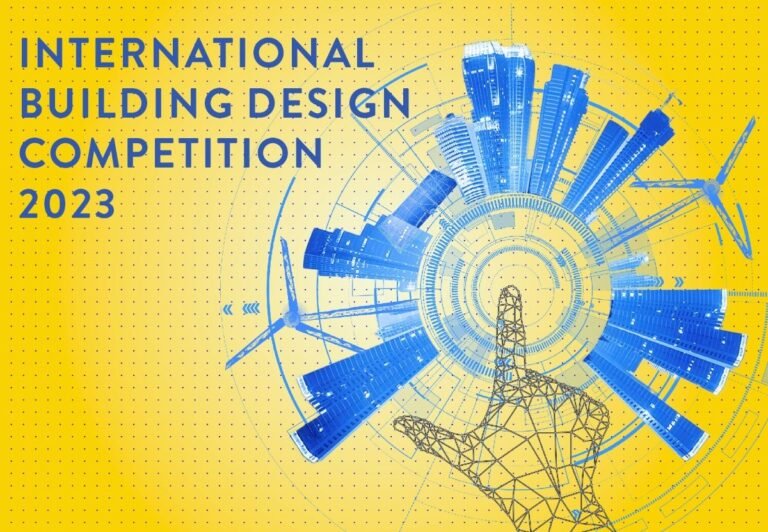Between Commercial and Real: Reflections on Architectural Representation
Between Commercial and Real: Reflections on Architectural Representation

Architecture uses drawings as a form of communication. Whether to represent ideas, communicate spaces and their ambiences or even technically understand constructive issues, there are many types of drawings and tools used to make them. It is up to the architects to find, within their knowledge, preferences and goals, the best way to communicate. If, on the one hand, the work drawings are more technical, rigid and standardized, so that they can be used for constructive execution, those used to understand the project by the client are usually freer and have greater visual appeal. It is within this aesthetic freedom that we question: how far can we go with these representations without confusing people?
The communication between the architect and the client during the project has been transformed in the last few years. With technological advances and the influence of other areas such as game design, cinema and industrial design, architectural representations have been gaining new formats and languages. The hand-drawn perspectives became hyper-realistic rendered images, or even virtual reality models, that illustrate spaces not yet built, while the technical answers that justify the design decisions found in the diagrams a didactic way to represent the technical choices and paths, gaining a certain prominence by adding the discourse to the constructed. If, on the one hand, these tools shorten the conversation between the client and the architect, facilitating the understanding of the final result and opening space for the client to participate more actively and consciously in the project, on the other hand, it is important to understand the commercial limits of these representations.

Architectural representations have historically had an important visual appeal that contributes to convincing customers. Sketches, collages, diagrams, and perspectives often serve more to convey the feel of an environment than to communicate technical aspects of the project. At the same time, currently, they have gained a strong commercial character, in contests or disclosures, as they are also used as advertising pieces. In the field of architecture, the product is not the construction itself, but an idea, a brand, a set of sensations and information planned to be sold and which must be reflected in the publicity images. These concepts, however, run the risk of overlapping what will be the concrete result built, alienating and distancing the client and consumer from the real result.

An example of this is greenwashing in architecture. The term is used to identify the misuse of the idea of sustainability, a strategy that, targeting a market supposedly more concerned with good environmental practices, presents benefits in a disconnected, incomplete and even false way. As a marketing element, greenwashing is present in different industries, from food to automobiles and appliances. In construction, one of the most polluting industries in the world, it is no different. There is no shortage of materials and projects that take advantage of the green discourse to value their products, without, however, really sticking to environmental issues.

The images are fundamental in this logic. Vegetation, ventilation and natural lighting are three important themes in architectural projects that, when properly explored, bring real benefits to users and can also contribute with less impact on the environment. These same elements have strong visual appeal in architectural representations, being widely explored in drawings and images. Within the practice of greenwashing, this discourse is heavily supported by hyper-realistic images that increase the commercial appeal of the project without directly corresponding to a constructive or material attribute.

In addition to greenwashing, there are many other flags that are raised commercially but that do not always correspond to the reality of the project, such as pink money or even the issues of accessibility and ableism. It is essential that, within all the possibilities and tools that exist today to represent a project idea, architects take a critical stance on commercial architectural representations, aiming more at the communication of real elements and less at seduction through intangible aspects.
This article is part of ArchDaily Topics: The Future of Architectural Visualization. Monthly, we explore a specific topic through articles, interviews, news and projects. Learn more about ArchDaily topics. As always, ArchDaily is open to contributions from our readers; if you want to submit an article or project, please contact us.








